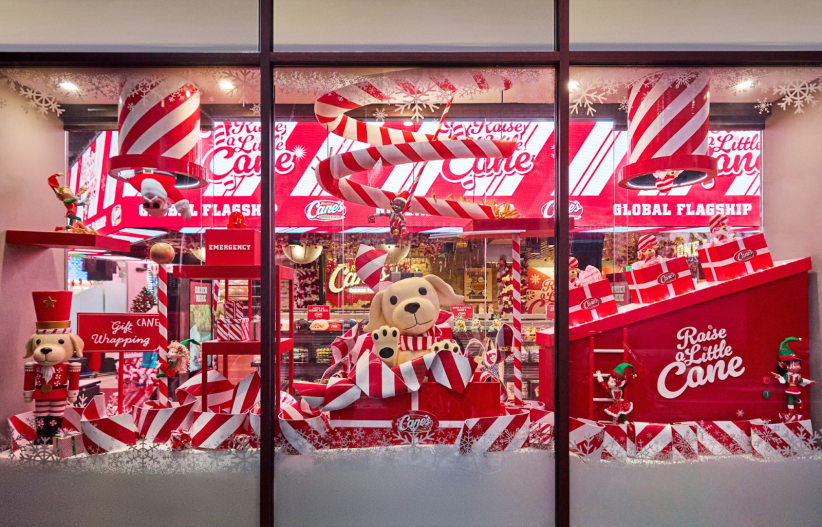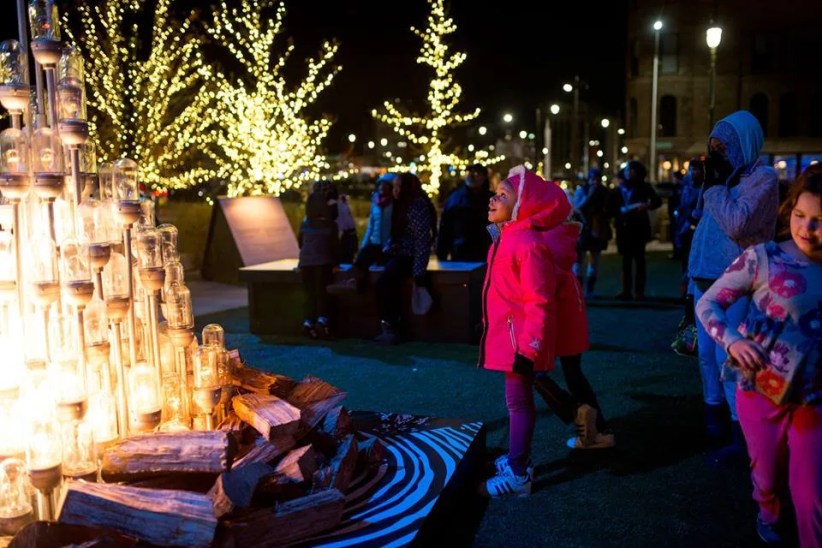The Museum of Interesting Things is unlike most other museums. Not only do its eclectic collections of antiques—which range from a Zenith tube radio to a shoe shine monkey—span a variety of subjects and periods, but the museum also travels to its audiences. Curator and founder Denny Daniel brings his collections to schools, libraries, and other community venues, allowing every participant to become a tinkerer by enabling them to interact with the collections. “If you are not a kid, the museum will most definitely turn you into a little kid,” Daniel says.
In addition to teaching through touch and feel, one of the best parts of the museum is its mobility. With prior booking through an email or a phone call, Daniel packs the collection of “interesting things”—which he stores in his apartment—into suitcases and travels to wherever you want the learning experience to happen. The model for the museum is similar to the traveling Cirque du Soleil, which Daniel notes as one of his inspirations.
The museum originated when Daniel was struck with the desire to make a difference while working as a filmmaker. “One day in the field of Shea Stadium, I was filming an event for Songs of Love for a kid who was critically ill,” he recalls. “It was that moment in time that I realized I wanted to do something more interesting by helping and inspiring others to better their lives.” With the strong desire to help and re-introduce people to history, Denny started collecting and buying antiques, and building the collection of the thousands of pieces that would become the Museum of Interesting Things.
“I buy things or come up with show themes when I get curious about something I learned from a book or magazine, or something interesting someone mentions at a show, or maybe something I see on TV,” Daniel says. “Anything can be inspiration.”
The museum is comprised of eight different departments: Science, Math, Literature, Medical, Toys, Music, Household and Photography, and many themed exhibitions like “Eureka! The History of Invention,” The Suffragettes,” and “Can You Hear Me Now,” which covers the history of communication.

“I buy pieces through the Internet, or through antique shops, but sometimes people donate things to me,” Daniel says. “There have been times when I opened my door and found items that have been given to me by my neighbors or people who have heard about what I do.” For Daniel, it’s the objects’ stories that make them special. “A lot of the items have an energy to them, due to their unique stories—which is how the kids can sense that the item has some importance to their lives,” he says. “They are able to learn the history of America, the history of who invented it, and who owned it just by touching and testing out the item.”
Some of Daniel’s favorite items from his collection are the Edison cylinders (which hold some of the world’s first recorded sounds), Edison’s kinetescope (an early motion picture device), a wind-up somersaulting clown, and the stereoscope, which creates an illusion of a 3D image from a 2D picture. According to Daniel, kids especially love the Edison cylinder because they’re fascinated by how a cylindrical wax object can play music. (Sound vibrations are inscribed onto the wax.) However, the item that is the most popular among the kids is the mutoscope, which is a movie viewer. “The way the mutuscope works is that you put a quarter in and see a thirty second clip,” Daniel says. “Kids will wait in line just to experience this… It’s so magical to them!”
Daniel did his first public museum show at his old elementary school, Solomon Schecter of Queens in 2009–previously he had only shown the collection at his home, hosting parties and showings for friends– and it became an instant hit. Since that first show, Daniel has been asked to participate in large-scale events such as Comic Con and MakerFaire, and has made appearances on TV shows like “Oddities” on the Science Channel and the History Channel’s “Pawn Stars.”
In fact, Daniel he dreams of having his own TV show, where he could talk about all of his objects and the adventure of discovering them. By showcasing his work he hopes to be able to reach out to more people, and, through the wonders of his collection, perhaps help them to see life in a more positive light.
“I really want people to learn through my museum that they can do anything,” he says. “That’s the secret behind it. It demystifies, empowers, and then gives them a positive outlook on life,” he says.
To learn more about the Museum of Interesting Things, visit museumofinterestingthings.org.






















